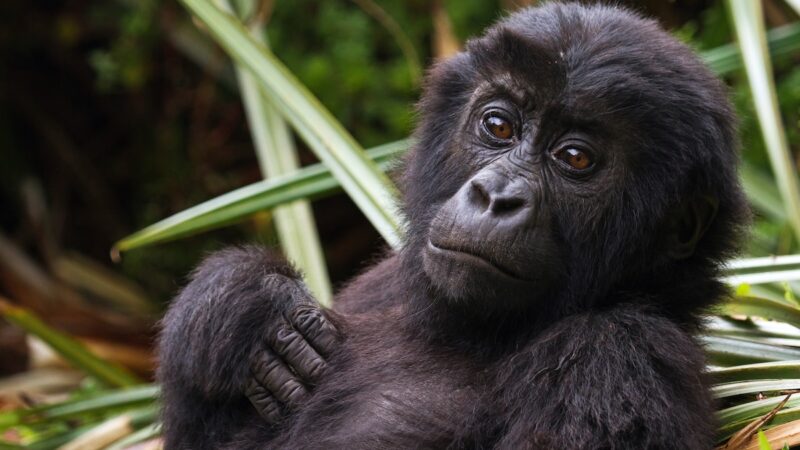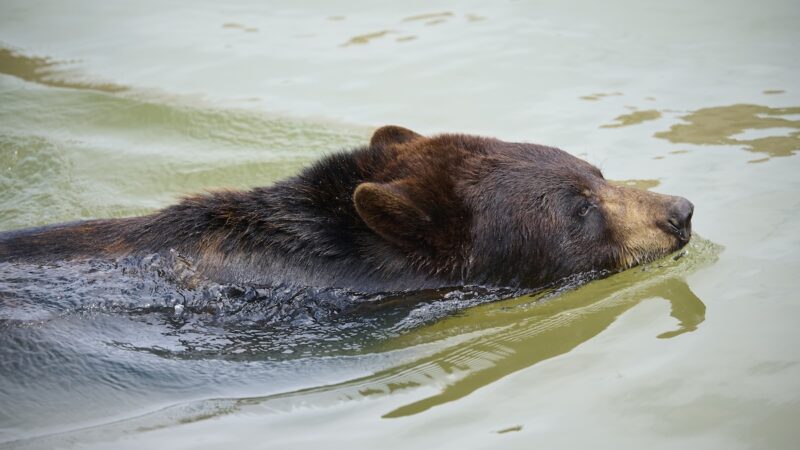How to Track Animals Like a Scout, According to Chief Scout Bear Grylls
Seen an animal in the woods recently? Regular forest walkers will know that sightings of creatures like deer, foxes, and rabbits can be rare, and that’s because many of the animals in our fields and forests shy away from humans long before we can see or hear them. Their very strong senses of smell or hearing will alert them to our presence and give them a chance to disappear.
Videos by Outdoors
However, animals leave clues behind, and knowing what to look for can be a good way of tracking them or simply knowing what you’re sharing your walking trails with.
In his new book Do Your Best, How to Be a Scout, Bear Grylls helps scouts (and everyone else) learn to recognize signs of animal life in the wilderness. Here are some highlights.
Look for Droppings
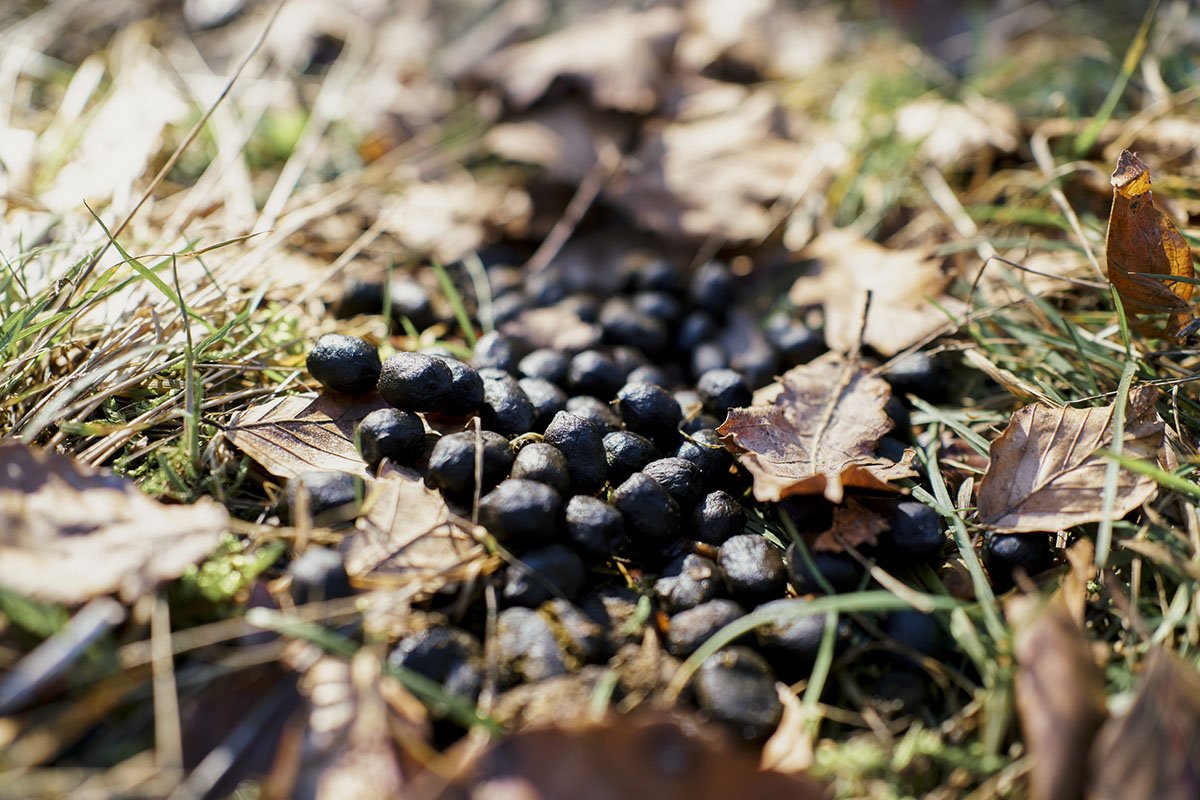
“Droppings are a very good clue to which animals have passed by,” says Bear.
The droppings of each animal have a distinct shape and color. Deer leave droppings behind in clumps or scatterings, usually circular in shape and gleaming. Fox droppings are dark and contain fur and seeds, while badger droppings look like long, dark, wet tubes.
The droppings of hedgehogs are also distinguished—they’re dark brown or black, slightly pointed, and often sparkling as they contain the skeletons of beetles. Rabbit droppings look like small green-brown balls.
Study what common droppings look like, and you’ll be able to recognize when you see them in the wild.
Hide Yourself
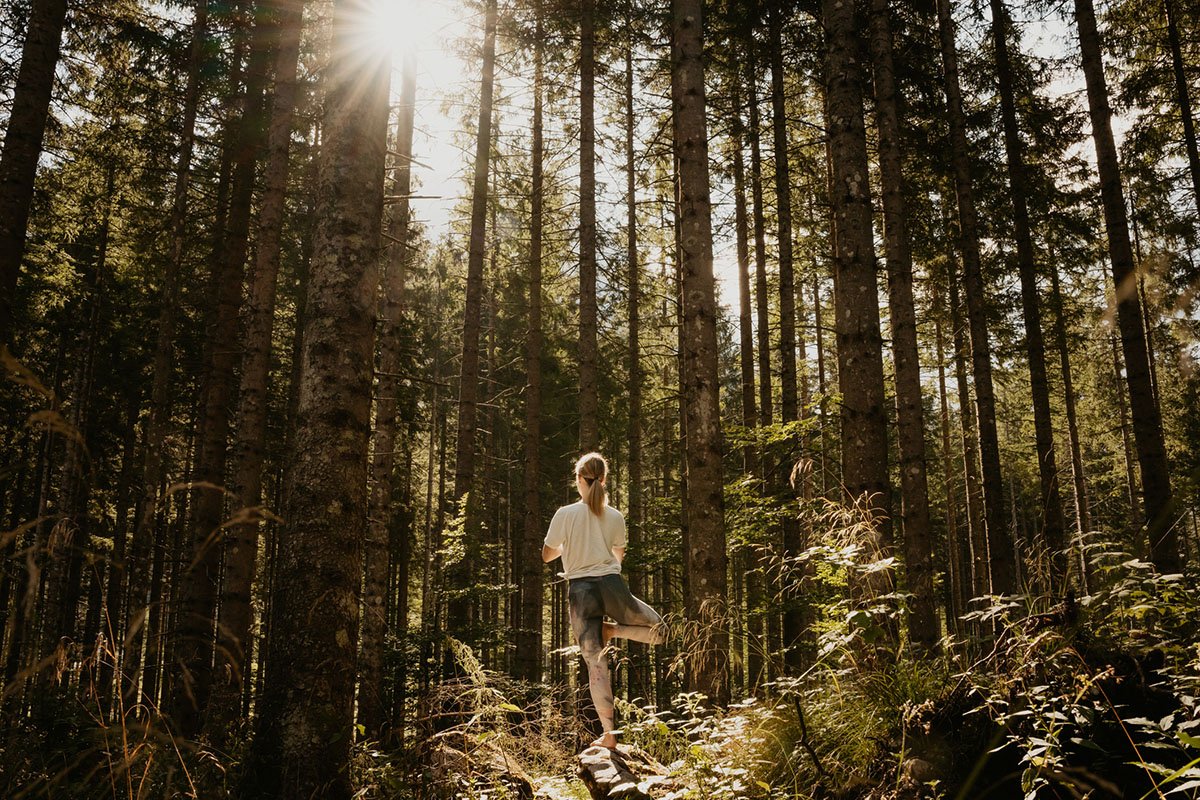
“If you’re tracking an animal and don’t wish to scare it away, you’ll need to try and hide and conceal yourself. That means from sight and from smell,” says Bear.
His advice, if you’re tracking an animal or hiding from it, is to position yourself downwind from where the animal is, so that it does not smell you. Also stand still and keep low, lying close to the ground. Walk lightly, too. Bear says that the original scout Robert Baden-Powell recommended walking on the balls of your feet rather than on your heels.
Bear reminds us of the five Ss of great camouflage: shape (try to disguise the human shape maybe by draping a coat over your head and shoulders), shine (avoid displaying anything glistening like jewelry), shadow (which could be cast by the sun or moon, so stay in shade to avoid this), sound (move quietly), and silhouette (often created if you are on a ridge).
Know the Different Animal Tracks
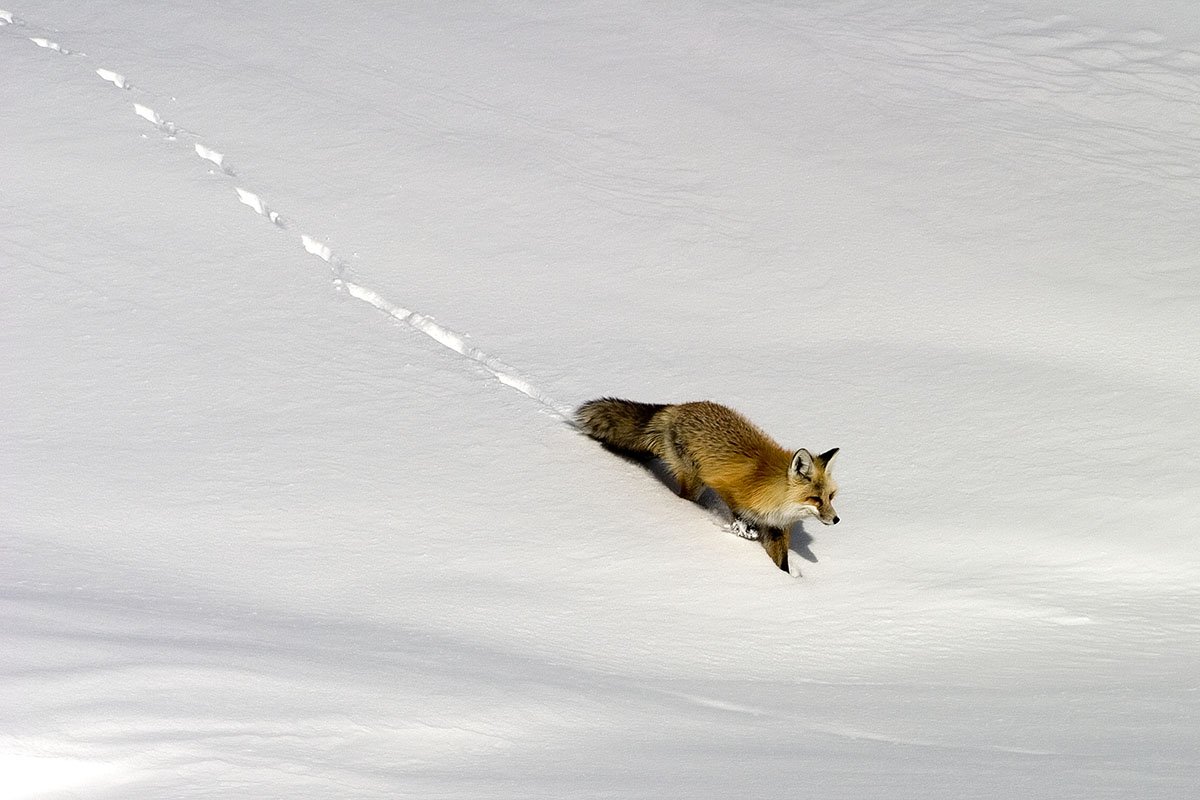
“Every animal leaves different tracks. Get to know the subtle differences between different kinds of paw and hoof prints,” says Bear in Do Your Best, How to Be a Scout.
Even the front and back prints of an animal can look different. Rabbits and hares, for example, have larger hind feet than front feet. Here are some tips to get to know different animal tracks before you set out.
Find Their Home
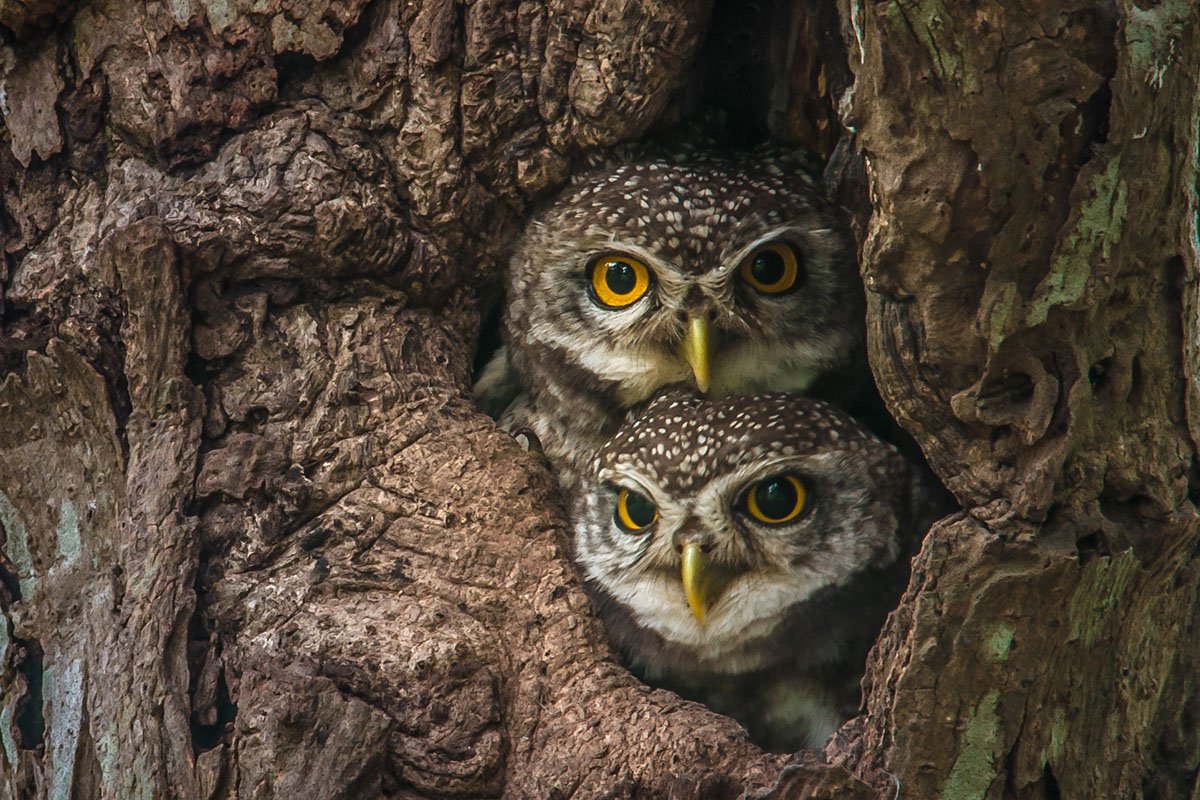
Another way to track animals is to look out for where they might live. For example, badgers live in setts, bears in dens, beavers in lodges, birds in nests, and rabbits in warrens. Clues might be mounds where earth has been dug up or depressions in the ground where an animal has slept.
The dwelling of each animal has different properties. For instance, a badger sett has large entrance holes that are around 30 cm (about 12 inches) across. These slope downwards and are sometimes at the bottom of a tree. They connect to networks of other tunnels underground.
Keep these tips in mind when preparing for your outdoor adventure, and you’ll be better prepared to figure out what wildlife you’re sharing space with.
Do Your Best: How to be a Scout is now available in the U.K., Ireland, and Australia/New Zealand, and it will be published in April 2024 in the U.S. Buy it here.
Source: https://outdoors.com/how-to-track-animals-like-a-scout/





